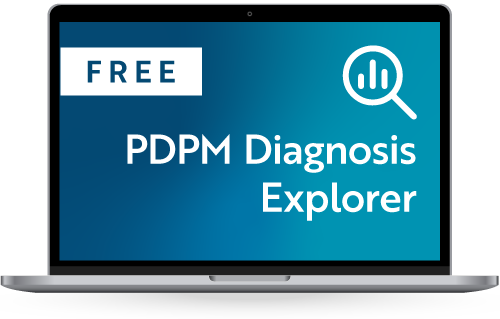Late in the day December 1, 2020, CMS released a “flurry” of announcements impacting physicians, telehealth and therapists that you should be aware of. A synopsis of these changes along with links to additional information is found in a Special Edition - MLN Connects with that same date. I have excerpted the following from that posting (be sure to read the entire contents for more in-depth information):
- On December 1, CMS released the annual Physician Fee Schedule (PFS) final rule, prioritizing CMS’ investment in primary care and chronic disease management by increasing payments to physicians and other practitioners for the additional time they spend with patients, especially those with chronic conditions. The rule allows non-physician practitioners to provide the care they were trained and licensed to give, cutting red tape so health care professionals can practice at the top of their license and spend more time with patients instead of on unnecessary paperwork.
- Before the COVID-19 Public Health Emergency (PHE), only 15,000 Fee-for-Service beneficiaries each week received a Medicare telemedicine service. Since the beginning of the PHE, CMS has added 144 telehealth services, such as emergency department visits, initial inpatient and nursing facility visits, and discharge day management services, that are covered by Medicare through the end of the PHE. These services were added to allow for safe access to important health care services during the PHE. As a result, preliminary data show that between mid-March and mid-October 2020, over 24.5 million out of 63 million beneficiaries and enrollees have received a Medicare telemedicine service during the PHE. This final rule adds more than 60 services to the Medicare telehealth list that will continue to be covered beyond the end of the PHE, and (CMS) will continue to gather more data and evaluate whether more services should be added in the future. These additions allow beneficiaries in rural areas who are in a medical facility (like a nursing home) to continue to have access to telehealth services such as certain types of emergency department visits, therapy services, and critical care services. Medicare does not have the statutory authority to pay for telehealth to beneficiaries outside of rural areas or, with certain exceptions, allow beneficiaries to receive telehealth in their home. However, this is an important step, and as a result, Medicare beneficiaries in rural areas will have more convenient access to health care. Additionally, CMS is announcing a commissioned study of its telehealth flexibilities provided during the COVID19 PHE. The study will explore new opportunities for services where telehealth and virtual care supervision, and remote monitoring can be used to more efficiently bring care to patients and to enhance program integrity, whether they are being treated in the hospital or at home.
- Payment for Office/Outpatient Evaluation and Management (E/M) and Comparable Visits: In addition to the increase in payment for E/M office visits, simplified coding and documentation changes for Medicare billing for these visits will go into effect beginning January 1, 2021. The changes modernize documentation and coding guidelines developed in the 1990s, and come after extensive stakeholder collaboration with the AMA and others. These changes will significantly reduce the burden of documentation for all clinicians, giving them greater discretion to choose the visit level based on either guidelines for medical decision-making (the process by which a clinician formulates a course of treatment based on a patient’s information, i.e., through performing a physical exam, reviewing history, conducting tests, etc.) or time dedicated with patients. These changes are expected to save clinicians 2.3 million hours per year in administrative burden so that clinicians can spend more time with their patients.
- Professional Scope of Practice and Supervision: The PFS final rule makes permanent several workforce flexibilities provided during the COVID-19 PHE that allow non-physician practitioners to provide the care they were trained and licensed to give, without imposing additional restrictions by the Medicare program.
Specifically, CMS is finalizing the following changes:
- Certain non-physician practitioners, such as nurse practitioners and physician assistants, can supervise the performance of diagnostic tests within their scope of practice and state law, as they maintain required statutory relationships with supervising or collaborating physicians.
- Physical and occupational therapists will be able to delegate “maintenance therapy” – the ongoing care after a therapy program is established – to a therapy assistant.
- Physical and occupational therapists, speech-language pathologists, and other clinicians who directly bill Medicare can review and verify, rather than re-document, information already entered by other members of the clinical team into a patient’s medical record. As a result, practitioners have the flexibility to delegate certain types of care, reduce duplicative documentation, and supervise certain services they could not before, increasing access to care for Medicare beneficiaries.
For More Information:
- Final Rule
- Physician Fee Schedule Final Rule fact sheet
- Quality Payment Program Final Rule fact sheet and FAQs
- Medicare Diabetes Prevention Program fact sheet
Want to keep up with the changing COVID-19 situation in skilled nursing?




